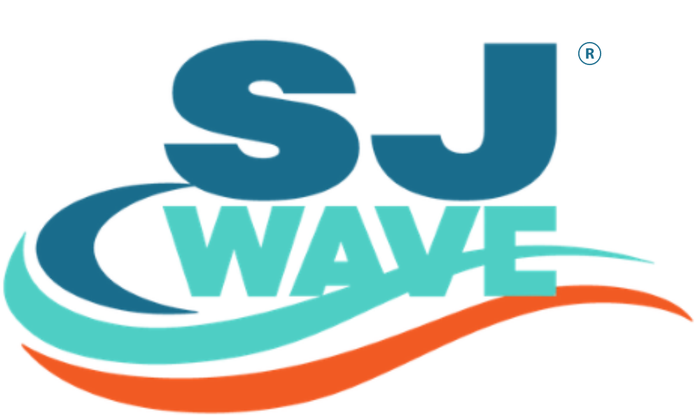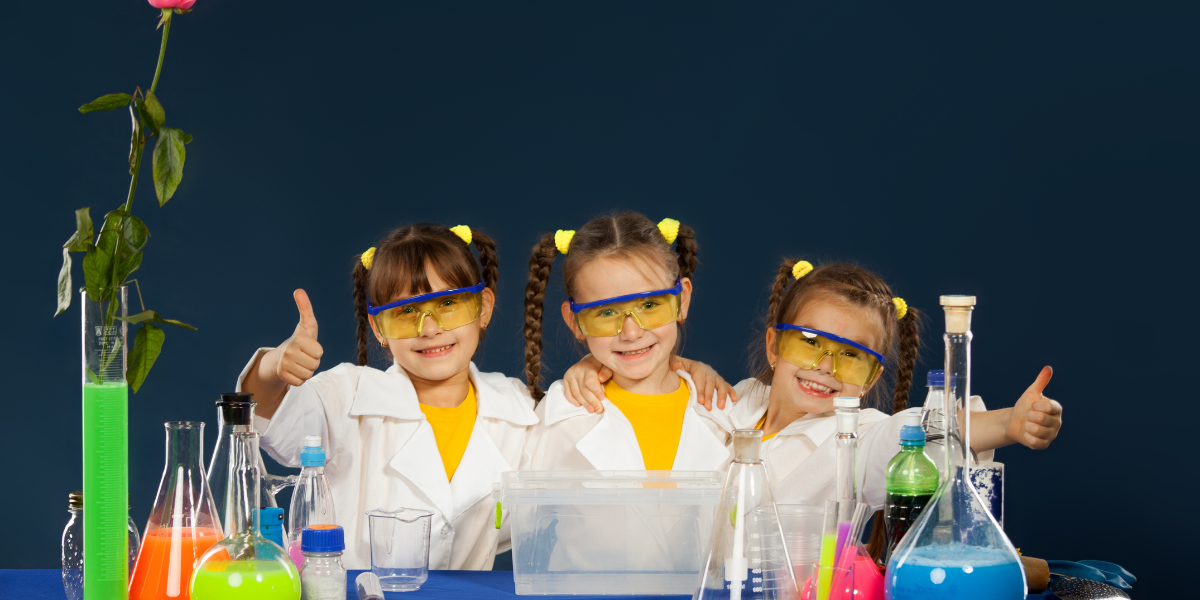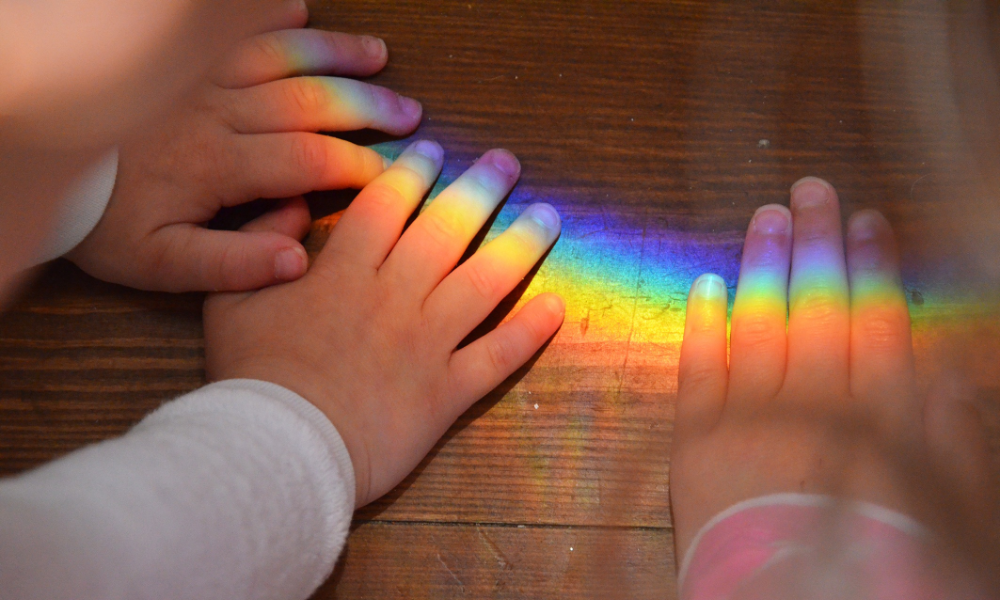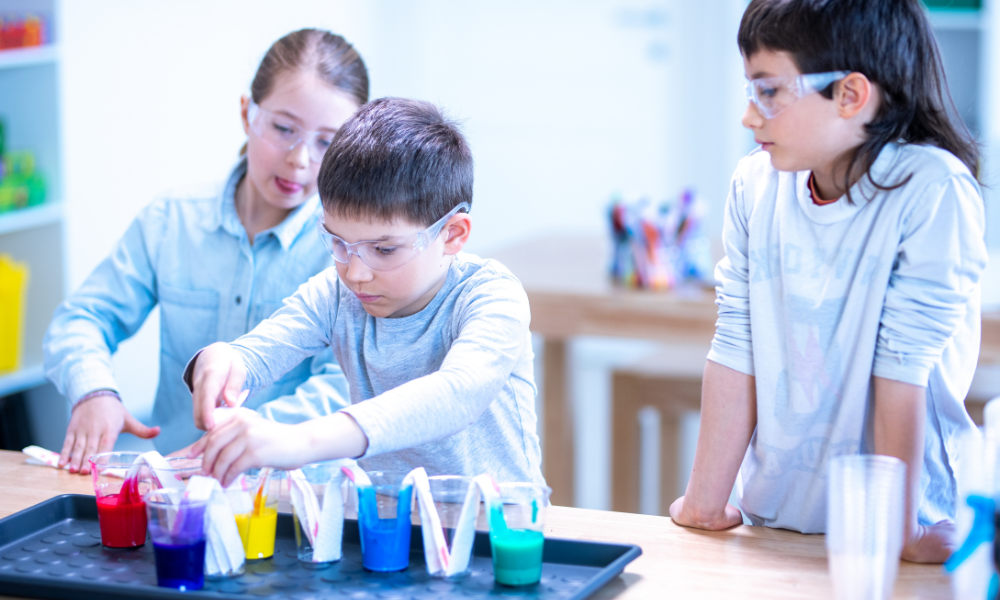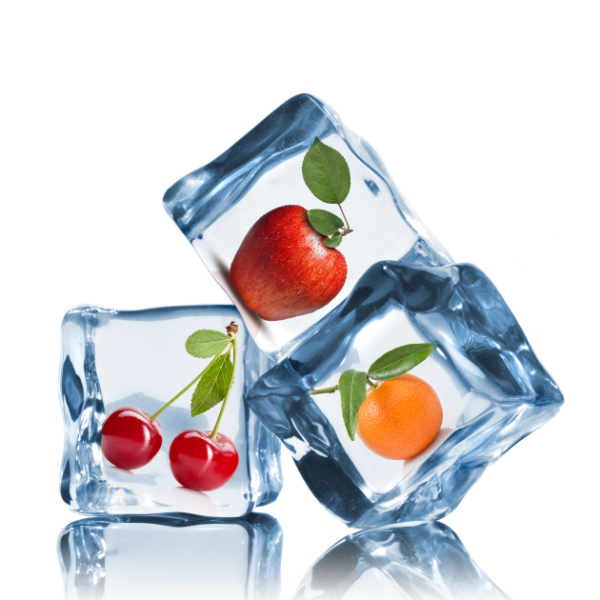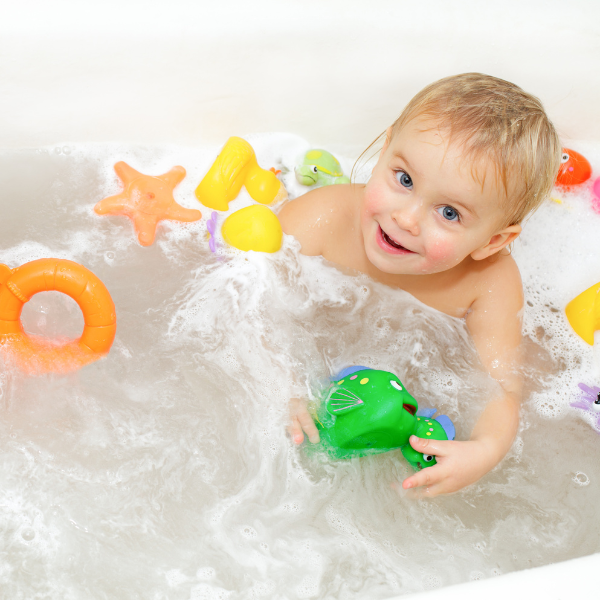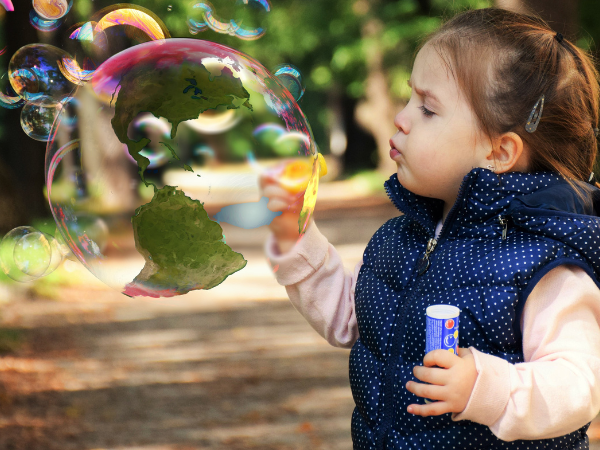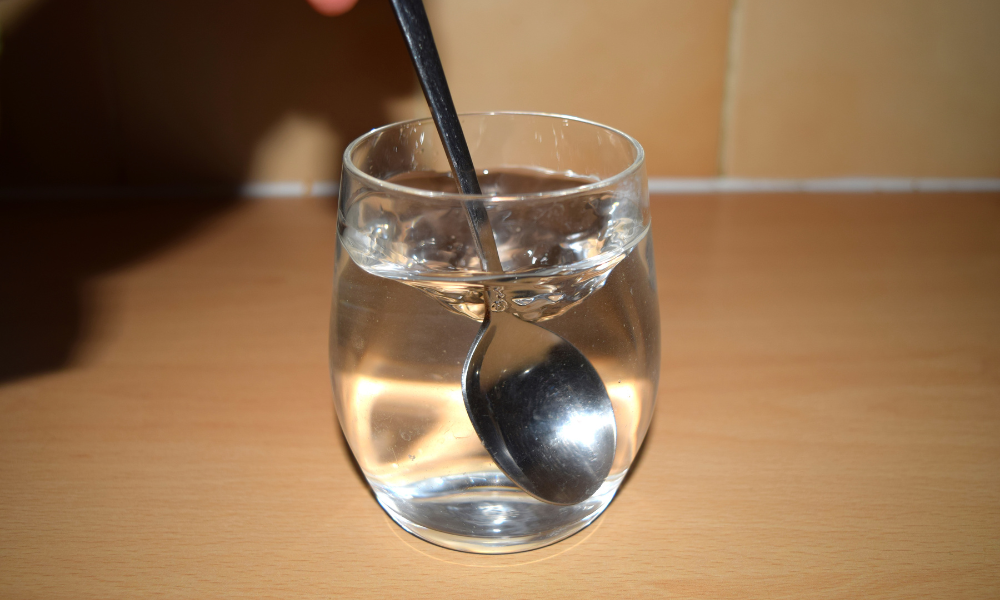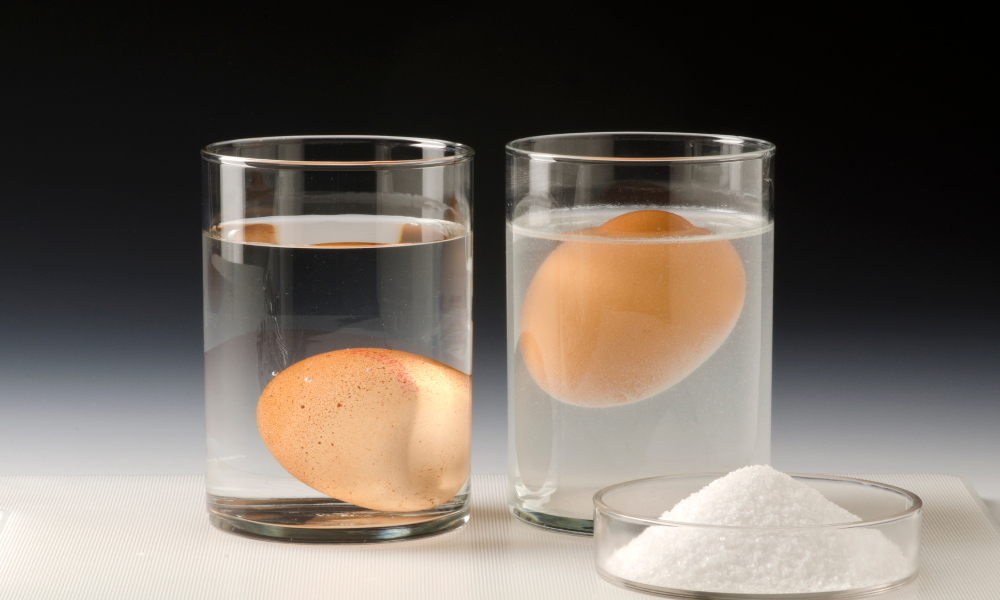Exciting Water Experiments for Preschoolers and Toddlers
Water is a fascinating element that captivates the imagination of young children. It offers endless possibilities for exploration, learning, and sensory play. Engaging in water experiments with preschoolers and toddlers not only sparks their curiosity but also provides valuable hands-on learning experiences. Check out these variety of exciting water experiments that are perfect for young minds eager to discover the wonders of science and sensory play.
Rainbow Reflections
Discover the fascinating phenomenon of light and reflections with a rainbow reflections experiment. Fill a clear glass or container with water and place it near a sunny window. Place a white piece of paper behind the glass and observe the beautiful rainbow reflections that appear on the paper. Explain to your child how light bends and refracts when it passes through water, creating the colorful display. Encourage them to experiment with different angles and observe how the reflections change.
Water Quality Test
Fill cups with water from different sources – bottled, water, pool, aquarium, rain, and rain. Use different water test kits to check the quality of each water source. Discuss the results of the water tests with your toddler. Explain that water quality is important to keep us healthy and that we use these tests to ensure the water we drink or use for pets and pool is safe.
Make sure to use water test strips which are simple and safe to use like SJ Wave water test kits. Visit their website and check out their other water testing kits for pools, spa, aquarium, etc.
Travelling Water Experiment
Kids love rainbow activities. With the travelling water experiment, kids can see the process of capillary action and learn about how attraction and adhesive forces cause the water to move from one glass to another. Set the glasses up in a circle and add a different color of food coloring to the water in each jar. Fold paper towels into thirds and dip the end of each paper towel into a glass of water. Wait for a little while until the magic happens. Watch how the colors travel up the paper towels to meet the color in the jar next to them.
Ice Excavation
Introduce the concept of freezing and melting through an exciting ice excavation experiment. Freeze fruits or objects in ice cube trays or plastic containers overnight. The next day, provide tools like spoons and spray bottles filled with warm water to help your child excavate the items from the ice. Observe how the ice melts and discuss the changes that occur. This experiment promotes fine motor skills, patience, and an understanding of temperature and states of matter.
Sink or Float Sensory Bin
Take the sink or float experiment to the next level by creating a sensory bin filled with water and a variety of objects. Include items like buttons, corks, plastic toys, and foam blocks. Let your child explore the objects and predict whether they will sink or float. Encourage them to experiment by placing different objects in the water, making observations, and discussing their findings. This sensory play variation adds an extra layer of tactile and exploratory engagement.
Bubble Science
Bubbles never fail to fascinate young children, and they also offer a great opportunity to explore scientific concepts. Mix up a homemade bubble solution using water, dish soap, and a pinch of sugar. Provide various tools like bubble wands, straws, or even kitchen utensils for your child to experiment with creating bubbles of different sizes and shapes. Discuss the science behind bubbles, such as surface tension, and encourage your child to make predictions and observations.
Water Whirlpool
Create a mesmerizing whirlpool effect in a glass using water and a spoon. Fill the glass with water and let it settle. Then, gently spin a spoon in a circular motion at the edge of the water. Observe as a whirlpool forms in the center, with the water rotating in a circular motion. Discuss the concept of centripetal force and how the spoon's motion creates the swirling effect.
Floating Egg
Explore density and buoyancy with a floating egg experiment. Fill a glass with water and gently place a raw egg in it. Observe whether the egg sinks or floats. Next, add salt to the water, stir, and place the egg back in. Observe the change in the egg's floating behavior. Discuss the concept of density and how it affects whether objects sink or float. Extend the experiment by experimenting with different salt concentrations.
Conclusion
Water experiments provide an excellent platform for preschoolers and toddlers to explore the wonders of science, sensory play, and creativity. Through engaging activities like sink or float, color mixing, sensory play, and more, children can develop their cognitive, motor, and observational skills while having a blast. Remember to prioritize water quality by testing it using reliable water test kits. So, dive into the world of exciting water experiments with your little ones and watch as their curiosity and love for learning flourish in the aquatic realm.
So there you have it. Now prepare all the materials that you need and schedule different experiments everyday to spark the curiosity of your kids and keep them coming back for more fun activities.
